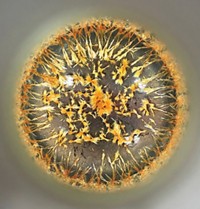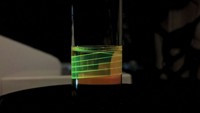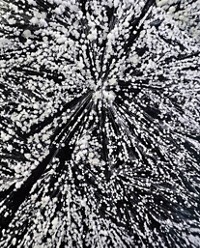Advertisement
Grab your lab coat. Let's get started
Welcome!
Welcome!
Create an account below to get 6 C&EN articles per month, receive newsletters and more - all free.
It seems this is your first time logging in online. Please enter the following information to continue.
As an ACS member you automatically get access to this site. All we need is few more details to create your reading experience.
Not you? Sign in with a different account.
Not you? Sign in with a different account.
ERROR 1
ERROR 1
ERROR 2
ERROR 2
ERROR 2
ERROR 2
ERROR 2
Password and Confirm password must match.
If you have an ACS member number, please enter it here so we can link this account to your membership. (optional)
ERROR 2
ACS values your privacy. By submitting your information, you are gaining access to C&EN and subscribing to our weekly newsletter. We use the information you provide to make your reading experience better, and we will never sell your data to third party members.
3-D Printing
Chemistry In Pictures
Chemistry in Pictures: Laser cut
by Manny I. Fox Morone
December 28, 2022

Hitendra Kumar of the University of Calgary and Zhangkang Li, a PhD student in his lab, are creating hydrogels like this one that can house cells and maybe one day mimic living organs. But before they do that, they still need to make systems where they can run experiments to see how cells grow and interact in various 3D gel environments. So the team is working on a 3D printing technique for creating small, intricate shapes out of hydrogels filled with cells. To create this grid, they mixed cells with a solution of a monomer that can spontaneously crosslink when exposed to blue laser light. And by using a 3D printer whose printhead was replaced with a laser, they traced small, intricate designs in the solution using the laser and created a tiny 3D object. Originally, the grid had straight lines and right angles, but after the gel soaked up a solution with dye in it, the lines crinkled and turned teal.
Submitted by Hitendra Kumar and Zhangkang Li
Do science. Take pictures. Win money. Enter our photo contest here.





Join the conversation
Contact the reporter
Submit a Letter to the Editor for publication
Engage with us on Twitter